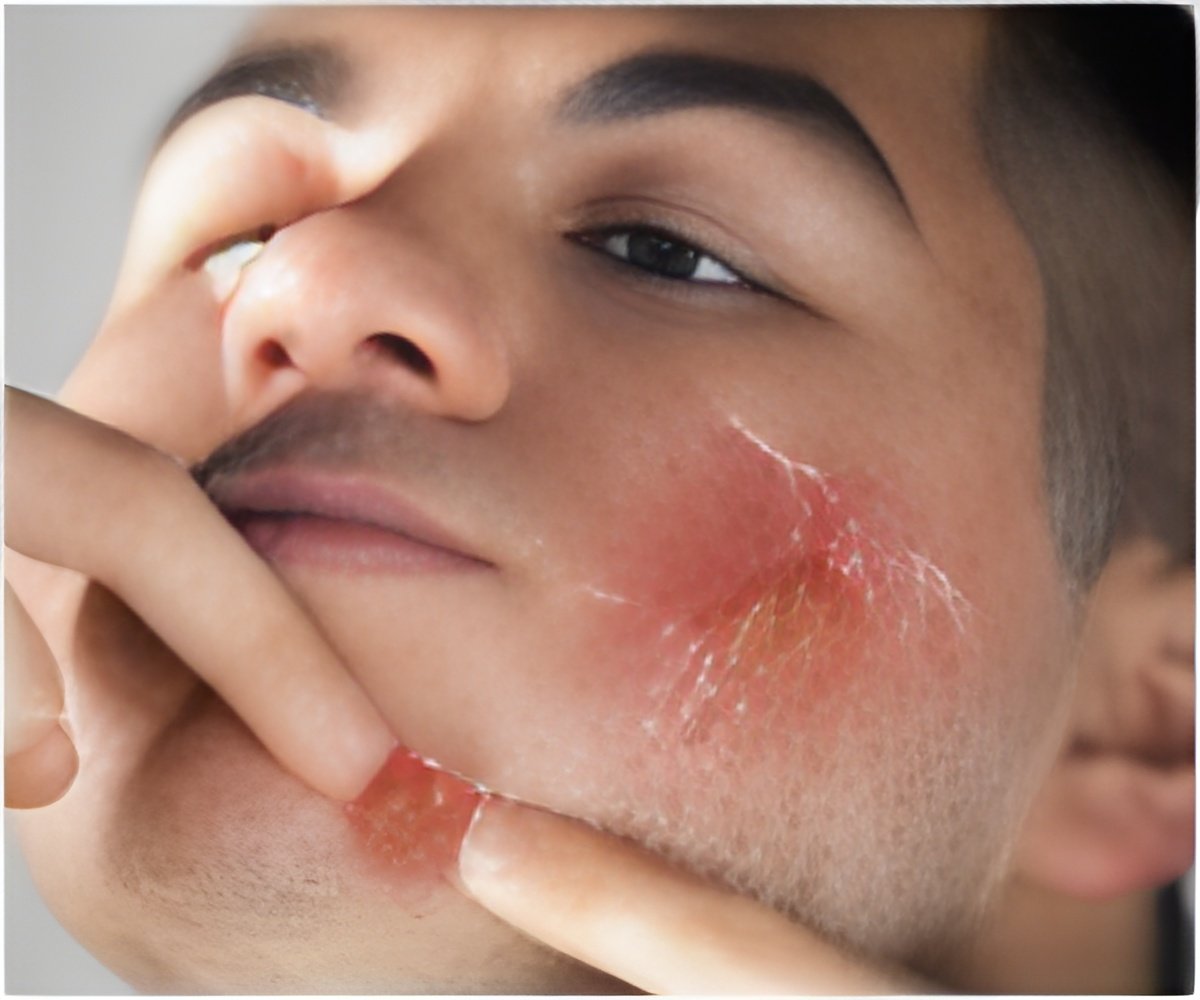
The antioxidant, a protein called catalase, inhibits skin cancer by mopping up hydrogen peroxide and other DNA-damaging reactive-oxygen compounds that form during exposure to ultraviolet B light (UVB), a common source of sunburn and cancer-causing skin damage.
"The findings suggest that women may have more natural antioxidant protection in the skin than men," said study co-leaders Gregory Lesinski and Tatiana Oberyszyn.
"As a result, men may be more susceptible to oxidative stress in the skin, which may raise the risk of skin cancer in men compared to women," said Lesinski.
Lesinski, Oberyszyn, Sullivan and their colleagues conducted the study using a strain of hairless mice that develops squamous cell carcinoma of the skin - the second most common skin cancer in humans - when exposed to UVB.
The investigators also found that treating mice with topical catalase inhibited the migration of the suppressor cells into UVB-exposed skin, suggesting that the influx of these cells in males might be due to the relatively lower skin-catalase activity.
Advertisement
"This is the first report to our knowledge of a sex discrepancy in this group of inflammatory cells in tumor-bearing mice, and it suggests that our findings might translate to other types of cancer," said Oberyszyn, associate professor of pathology.
Advertisement
The research has been published online in the Journal of Investigative Dermatology.
Source-ANI














